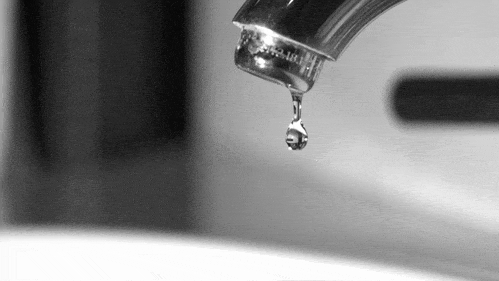Water Solutions Part one
With all the different types of water out there and all the hype that goes with each, it can be very easy to get confused about which types are really best for your health.
If you find yourself struggling with the environmental concerns of bottled versus the dangerous chemicals in tap water, I understand. In this article I’ll aim to clear up some confusion and help you take control of your hydration.
Toxins in our tap water.
Tap water is quite a controversial topic. We should be aware of the fact that our tap water is only monitored for 70 chemicals, whilst there are over 300 known chemicals that should be of concern.
These include ingredients in pharmaceutical medicines, caustic chemicals such as Lye and pesticides that find their way into our supply. Then there are the contaminants that find their way into your water after it has been treated.
Some of these include lead, copper and plastic residues, all of which can accumulate in the body and cause a host of serious health problems.
Perhaps two of the gravest concerns about tap water centre around heavy metals and the chlorine that is used to disinfect the water: Heavy metals are known to cause a number of neurological and physical diseases.
High levels of chlorine are linked with a number of health issues, including miscarriages and birth defects. Note; boiling will not get rid of chlorine, it will potentially make it more toxic.
Water Flouridation is another hotly debated topic. Flouride has been added to Australian community water since the late 1950’s and remains today.
There are certain areas, such as Byron Bay, who have resisted this, but a majority of Australians drink fluoridated water every day.
It was introduced to help prevent dental caries, or tooth decay. Internationally, fluoridated water is a controversial issue and many European countries have totally rejected the use of fluoride, these include; Denmark, Finland, France, Germany, Italy, Netherlands and Sweden. In fact less than 10 countries world wide fluoridate more than 50% of their supplies – so why do we have it here in Australia?
Hydroflurosilicic Acid
The fluoride added to our drinking water is not the naturally occurring calcium fluoride that is found in trace amounts in water from rivers and streams, it is in fact hydroflurosilicic acid.
This is a toxic waste by product sourced from organophosphate fertiliser plants in Victoria. The research relating to fluoride and dental has been done on calcium fluoride, while to my knowledge, no specific research has been done on the health effects and dental benefits of hydrofluorosilicic acid. As a corrosive substance it is also known to leech out heavy metals from older style pluming, adding to the environmental load we are exposed to.
This is of particular concern when it comes to children, who are at greater risk of the detrimental effects of heavy metals.
Let me lay down some hydration and filtration options for you:
Filtered Tap Water – Getting to the Gold
The most economical and environmentally sound choice you and your family can make is to purchase and install a filter for your home.
I recommend three different types of water filters, lets weigh the pros and cons of each:
1. Reverse Osmosis Filter
In addition to removing chlorine, inorganic, and organic contaminants, an RO filter will also remove about 80 percent of the fluoride and most DPBs. The major drawback is the expense of installing an RO filter as most need a plumber to get up and running.
2. Ion Exchange Filter
Ion exchange is designed to remove dissolved salts in the water, such as calcium. This system actually softens the water or exchanges natural-forming mineral ions with its own ions, thereby neutralizing their harmful effect of creating scale build-up.
3. Granular Carbon and Carbon Block Filters
Granular activated carbon is recognised as the best available technology for the removal of organic chemicals like herbicides, pesticides and industrial chemicals. However, one of the downfalls of granular carbon filters is that the loose material inside can channel–the water creates pathways through the carbon material, escaping filtering.
As you can see this is a topic that I am quite passionate about! It continues in “Pristine Hydration: Water solutions, Part two” Click here to read.
To make an appointment with our Wellness Expert:
Bondi Beach: 02 8897 0077
Bondi Junction: 02 9386 4411
Email: [email protected]



